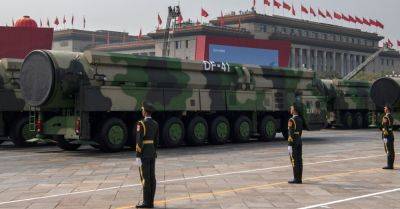China Is Striking Deals to Cement Its Role as Asia’s Trade Hub
China has made several moves in recent months to advance its ambitious aim to become the trade and transportation hub of Asia.
To its west, China has agreed to build a rail line across Central Asia. Beijing also said it would help Vietnam plan three rail lines leading to the countries’ shared border. And China is trying to persuade Russia and North Korea to let it reopen a long-closed port on the Sea of Japan.
If successful, the plans would give China closer ties to the economies of Northeast and Southeast Asia, the Mideast and even the Arctic, the latest steps in its 11-year-old Belt and Road Initiative to create a more China-centered global order.
Each of the efforts, in varying ways, faces obstacles. The nation’s top leader, Xi Jinping, will need close cooperation from border countries, some of which are politically volatile, like Kyrgyzstan, or internationally isolated, like North Korea. Neighboring countries that have long been wary of China, like Vietnam, will need to be reassured.
A similar venture, a three-year-old rail line that China has forged into landlocked Laos in Southeast Asia, has been welcomed by some there for bringing an influx of Chinese mining investments and tourism to the country. But others have warned of Chinese domination of the Laotian economy.







